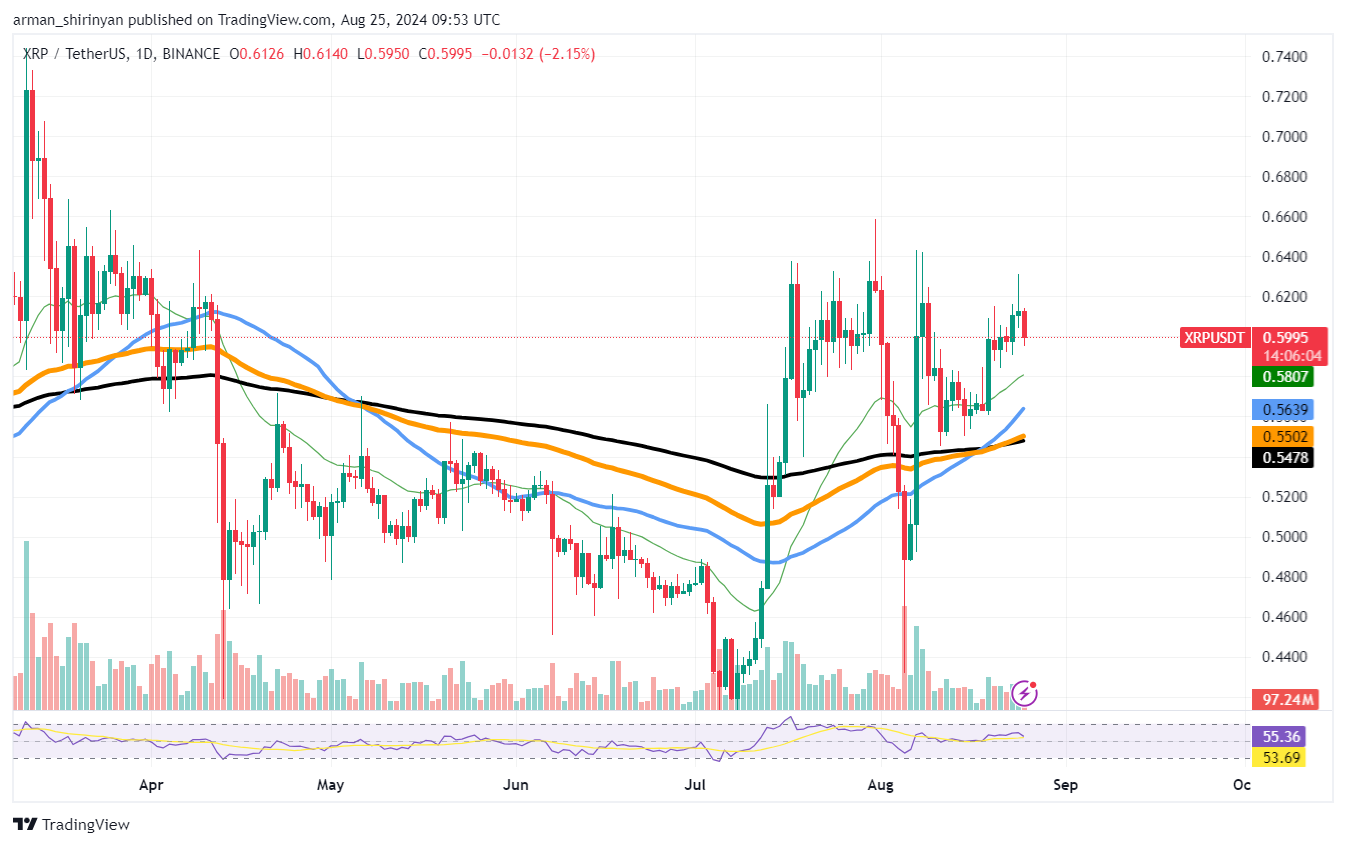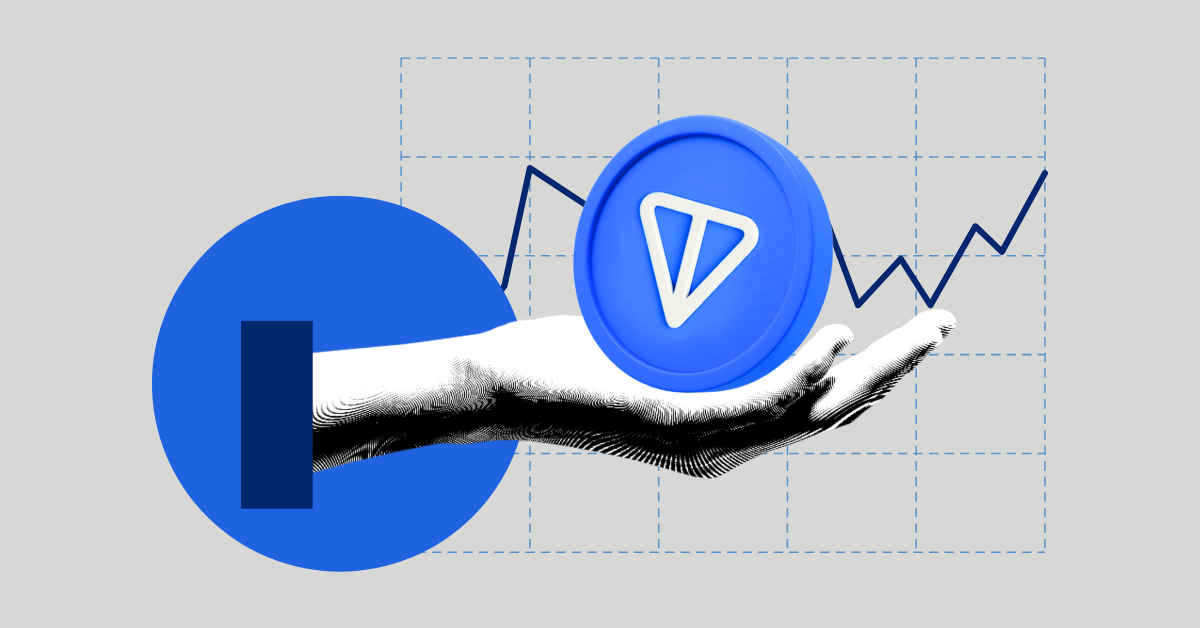The market participants were optimistic when the Chainlink price broke the year-long consolidation and surged by more than 125%. After marking the highs above $17, they became confident that the token was initiating a bull run, as the rest of the tokens also followed a significant upswing. However, the bulls soon displayed their weakness, so the rally has been restricted below $17 since November 2023.
The popular DeFi token again trading within pre-determined levels has raised suspicion of it initiating a fresh accumulation. The price has been showcasing a similar trade with a mirroring price action, which suggests the bullish market sentiments may have less impact on the token.
Now the question arises: whether the phase will extend for more than a year, as it happened before, or whether the bulls will be able to trigger another breakout.
Considering the long-term price action, the LINK price appears to be accumulating strength to initiate a fresh action. The token has been chopping around a narrow range for over 10 weeks, which indicates that the price is preparing for the next move or may continue with the same trend. After maintaining a parallel channel for a long time, the DMI displayed a huge variation. However, the levels are approaching average levels, suggesting a drop in volatility, while the ADX is preparing to validate a bearish divergence.
Therefore, yet another pullback could be on the horizon, which may cause a bearish crossover between the +Di & -Di. This could attract huge bullish volume, which may revive a strong upswing and lift the levels back above $16. However, the LINK Marines are required to display more confidence and strength to break the $17 barrier, which may pave the way to breach the $20 threshold after clearing the $19 resistance area. This can be considered the beginning of a fresh upswing, which may also transform into a bull run in the future.






